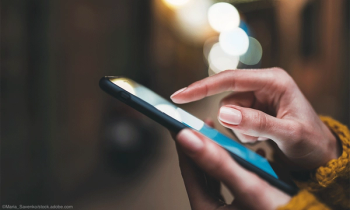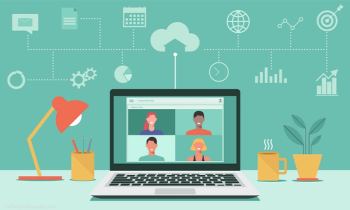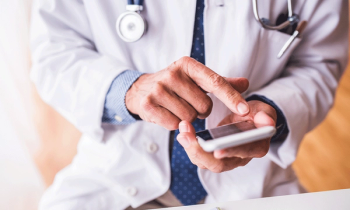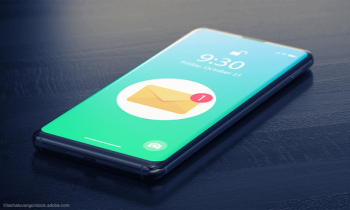
Tablets Help Physicians Meet Clinical Education Goals
How the iPad helps augment the clinical experience in education.
Physicians and practice administrators may not need another reason to consider buying media tablets like Apple’s iPad, the current device du jour for the medical community. But if they do, media tablets are becoming a more widely used tool for helping physicians to learn and retain information when outside of the office.
Boston-based technology vendor Pri-Med recently proved this when it organized educational activities at its most recent Pri-Med East Conference in November around using an iPad to meet learning objectives.
During some of its sessions - specifically, two different cardiologist-focused sessions - it provided a wireless interface for users, so they could log into their e-mail and download education materials straight to their iPad (Pri-Med also provided iPads for attendees to use). Powerpoint-based education materials such as slides were formatted so they would conform to an iPad’s user interface.
Throughout the session, physicians used the devices to read materials and submit answers to questions that came up during the second half of the sessions, said Pri-Med’s Marissa Seligman, chief compliance, clinical and regulatory affairs officer and senior vice president, pmiCME.
“We found that one of the best values of iPad is that it creates an individual learning experience within the live framework experience,” Seligman told Physicians Practice. “They can see how they measured against others when asked a question that tests their knowledge.”
By the end of the session, instead of packets of notes and paper handouts, iPad-toting clinicians walked away with electronic copies of their notes and presentations, which they could later organize into a tablet-top folder. They could also use the tablet to “zero in” on parts of the presentation they need to see in closer detail, such as complex charts.
Still, Seligman acknowledges that there are still some barriers to using a tablet in lieu of a paper-based notebook or laptop, the two traditional clinician accompaniments. For one, typing is harder on an iPad and most clinicians don’t carry a portable keyboard.
“The note taking, it is painful if you will,” Seligman admitted. “But the way we are trying to help them is with buttons and so they are seeing slides from a presentation and are able to use drop-downs to make note taking easier.”
According to our
Newsletter
Optimize your practice with the Physicians Practice newsletter, offering management pearls, leadership tips, and business strategies tailored for practice administrators and physicians of any specialty.








